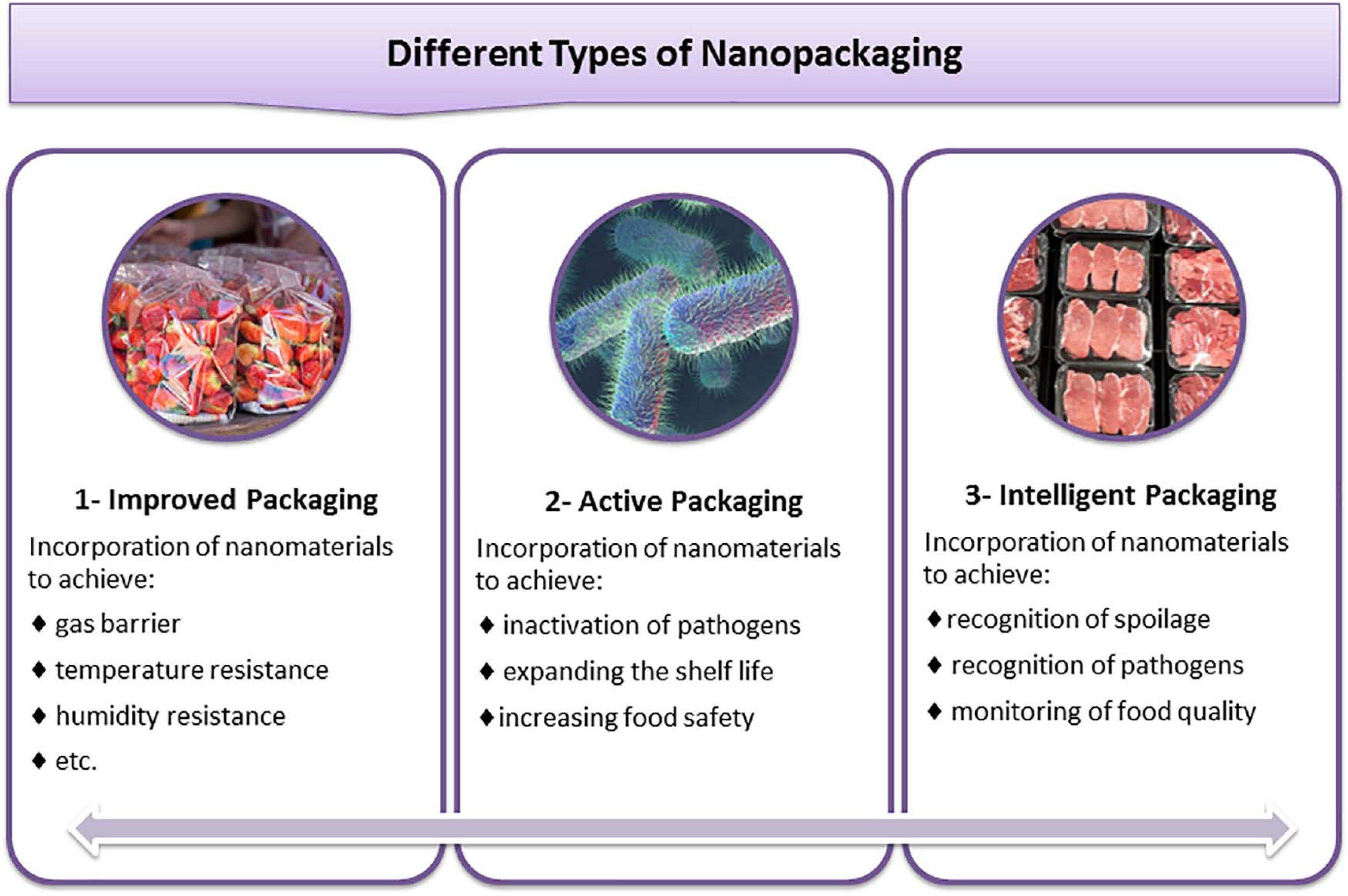


Since SP was developed to integrate principles of UP and body substance isolation, 8 the infection prevention and control methods used under SP encompass what employers should already be implementing to protect workers against exposures under the BBP standard and its requirements for use of UP. SP assumes that every person is potentially infected or colonized with an organism that could be transmitted in the healthcare setting. For example, SP applies, without limitation, to urine, feces, nasal secretions, sputum, vomit, and other body fluids that may be potential sources of worker exposure to infectious agents. 6, 7 (Note that exposure to urine has not been a recognized cause of Zika transmission.)īy using SP in healthcare settings, additional protection is provided by expanding UP to protect workers where UP and the BBP standard do not apply. 4, 5 Studies also found that urine of individuals with Zika can contain high concentrations of infectious virus that could persist in urine longer than it is detectable in serum, a component of blood.

For example, the CDC identified contact with urine, saliva, feces, vomit, and breast milk as potential sources of Ebola virus exposure. The BBP standard requires the use of UP, and extends UP to protect workers against pathogens found in saliva during dental procedures and body fluids in situations where it is difficult or impossible to differentiate between body fluids (e.g., vomit mixed with blood).ĭuring recent outbreaks of emerging infectious diseases, other body fluids to which UP and the BBP standard do not apply have been identified as potential sources of worker exposures and infections. 3 The different types of TBP are applied based on what is known or suspected about a patient’s infection.

Transmission-based precautions (TBP) for contact-, droplet-, and airborne-transmissible diseases augment SP with additional controls to interrupt the route(s) of transmission that may not be completely interrupted using SP alone.SP is applied to all patients even when they are not known or suspected to be infectious. SP includes hand hygiene the use of certain types of PPE based on anticipated exposure safe injection practices and safe management of contaminated equipment and other items in the patient environment. Standard precautions (SP), introduced in 1996 in the CDC/Healthcare Infection Control and Prevention Advisory Committee’s "1996 Guideline for Isolation Precautions in Hospitals," added additional infection prevention elements to UP in order to protect healthcare workers not only from pathogens in human blood and certain other body fluids, but also pathogens present in body fluids to which UP does not apply.Although the BBP standard incorporates UP, the infection control community no longer uses UP on its own. 2 UP is an approach to infection control in which all human blood and certain human body fluids are treated as if they are known to be infectious. Universal precautions (UP), originally recommended by the CDC in the 1980s, was introduced as an approach to infection control to protect workers from HIV, HBV, and other bloodborne pathogens in human blood and certain other body fluids, regardless of a patients’ infection status.1 Adhering to standard and transmission-based precautions in healthcare settings is recommended by Centers for Disease Control and Prevention (CDC), and protects workers from a wider range of infectious disease hazards than the BBP standard.Įmployers and workers should be familiar with several key approaches to infection control, including universal precautions, standard precautions and transmission-based precautions. The BBP standard applies when workers have occupational exposure to human blood or other potentially infectious materials (OPIM), as defined in paragraphs (a) and (b) of the BBP standard, and requires the use of universal precautions to prevent contact with these materials. 1030) and personal protective equipment (PPE, Subpart I) require employers to protect workers from occupational exposure to infectious agents. OSHA standards for bloodborne pathogens (BBP. The Bloodborne Pathogens standard (.1030) and CDC’s recommended standard precautions both include personal protective equipment, such as gloves, gowns, masks, eye protection (e.g., goggles), and face shields, to protect workers from exposure to infectious diseases. The transmission-based precautions used by healthcare practitioners for infection control CDC/ Amanda Mills Worker protections against occupational exposure to infectious diseases Comparing the universal precautions of OSHA’s Bloodborne Pathogens standard to the standard precautions and


 0 kommentar(er)
0 kommentar(er)
